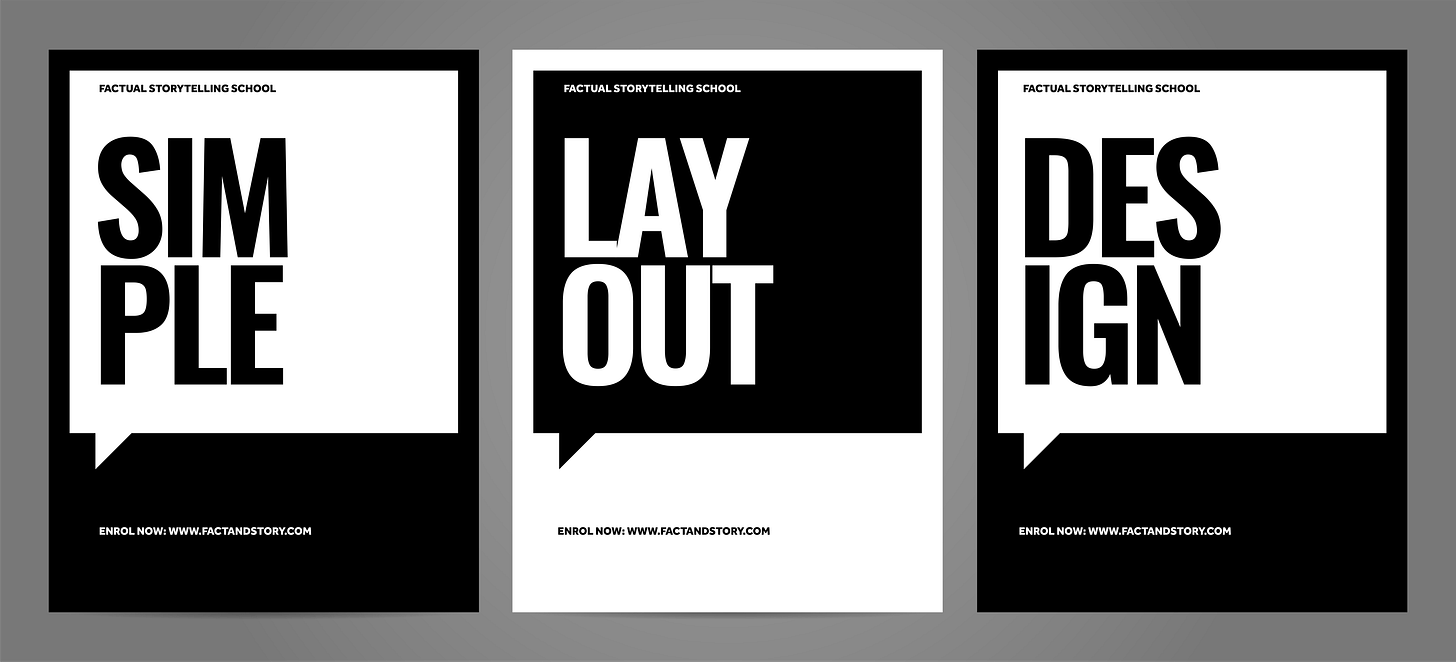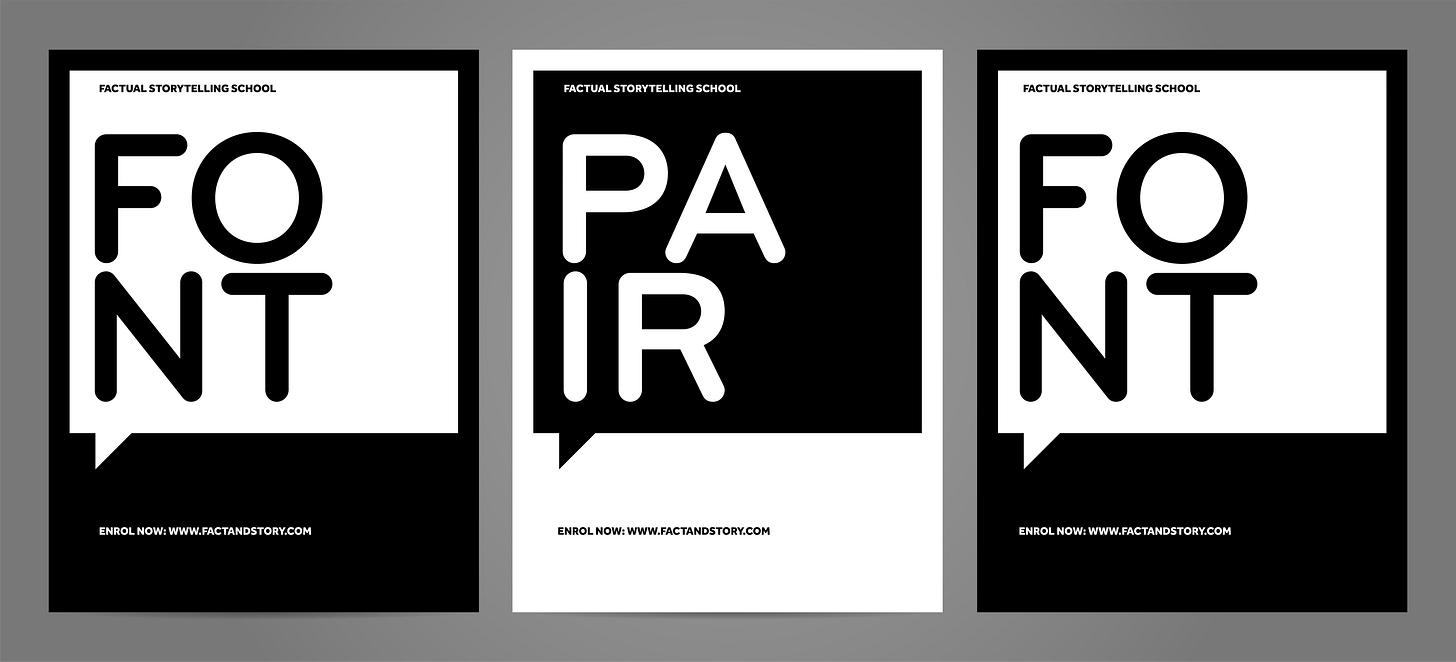Do you know the difference between typefaces and fonts?
We talk about and use them all the time, but do you actually know how they differ?
Most of the time when we communicate our work, we do so using some form of electronic writing - an email, Word doc, Powerpoint presentation or even via captions on a video.
And when we creating this message, we have a crucial decision to make: how the text should look. Smart typeface and font choices can mean the difference between someone resonating with, liking, and sharing our message, content or factual story.
But do you know the difference between a typeface and font?
The terms are often used interchangeably, but knowing the difference can help remind you about the rules of good typography.
Arial is a typeface. Arial 16 point bold is a font.
Typefaces are the uniquely designed sets of letters and characters, with each typeface having a name such as Arial, Helvetica or Times Roman.
A font is a subset of a typeface. Each font has a specific weight, style and size, as well as italic versions. So Arial is a typeface. Arial 16 point bold is a font.
It’s important to limit your choice of typeface and font. If you use too many, your design appears visually chaotic. Also your audience won’t immediately know which is the most important, and therefore where to look.
Also remember to introduce a clear hierarchy of text; otherwise your readers won’t be able to quickly identify important pieces of information within your overall design.
You should always try to pair fonts, choosing two different typefaces, and font sizes, that complement each other to establish visual hierarchy. The challenge with font pairing is to avoid using two contradictory fonts or two very similar fonts.
These two fonts help direct the audience’s eye to what you wish them to first see.
For example, you may use a bold large font for a heading, and a lighter, smaller font from a different typeface for the subheading.
See our Factual Storytelling Course lesson Lead The Eye.
You can successfully pair two fonts from the same typeface or font family, such as light and bold fonts in different sizes. Chunky fonts pair well with skinnier fonts, and serif fonts pair well with sans serif fonts.
In general, you should only use a maximum of three fonts per design: to cover the title, the subheading, and the body of the text. However, you should also limit yourself to just two typefaces, which are paired together to contrast with and complement each other.
So you could pair the two typefaces Effra and Bryant, but limit yourself to using three fonts, such as Effra Heavy and Effra Medium, and Bryant Regular.
Enrol in our Factual Storytelling Course, or commission a workshop, to find out much more.
Why am I receiving The Factual Storyteller?
We hope you like the newsletter which regularly shares tips, techniques and insights to help you better find stories in your work and professionally communicate with others.
You are receiving The Factual Storyteller newsletter because you will have either have directly signed up to receive new editions, followed us on the Substack platform, or you have recently enrolled in the Factual Storytelling Course. The newsletter is free, and you can unsubscribe at any time.



